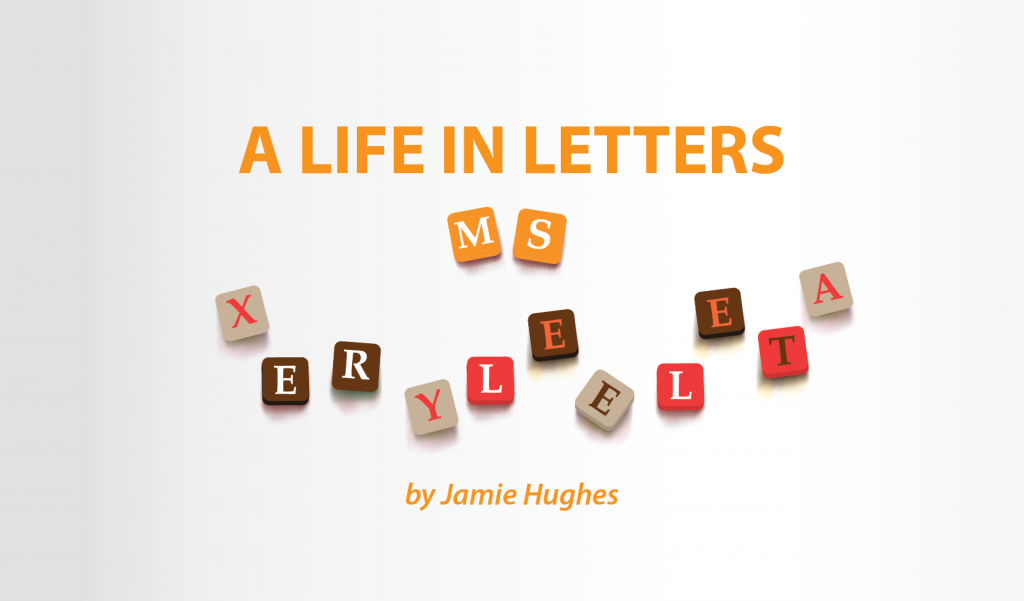Exploring Systems Beneath the Streets, Beneath the Skin


Our bodies are amazing creations, lovingly handcrafted by an infinitely powerful and creative God, and I never get tired of learning facts about how they work. For instance, did you know that 25 percent of adult bones are in the feet? Or that more bacteria are found in a human’s mouth than the number of people on Earth? Or that our ears and noses never stop growing?
Yes, our bodies are marvelous things. They combat colds, viruses, and infections. They heal when they’re broken. They constantly regenerate new cells to replace old ones and keep themselves in top working condition. It’s hard to fathom just how much they do while we’re working, eating, talking, sleeping, or playing. Why? Because everything just works; it happens behind the curtain of our skin. And what’s out of sight? Well, that’s usually out of mind.
But, as multiple sclerosis patients, we pay a little more attention to how things work because, well, something’s malfunctioning. Something tells our immune systems — meant to keep us healthy and safe — that our nervous systems are the enemy. Our immune systems attack with a vengeance, doing what they’re designed to do, and in the end, we end up damaged and ill rather than whole and well.
I recently tripped over a fascinating article on Bloomberg Businessweek about New York City and the efforts of a team of subterranean cartographers who are trying to make a comprehensive 3D map of all the water, gas, sewer, power, telecommunications, and other systems that run under the city that doesn’t sleep. Through the use of satellite imaging, GPS control points, and other high-tech gizmos, these experts are creating one of the most accurate pictures of a city’s underground that has ever been made — no small feat. The author of this piece, Greg Milner, made an interesting comparison to explain how complicated the work is and why it’s necessary.
It reads:
“Imagine the city as a living organism, a body consisting of various systems—respiratory, nervous, skeletal—that share the same space and even intertwine. Now imagine surgery performed on that body by a surgeon who knows the location of only one system, who looks at the body and sees only blood vessels or bones. This is the odd condition of New York—a body subject to what, viewed through a wide lens, looks like perpetual triage. Each year, for repairs or to facilitate construction, the streets are sliced open 200,000 times—an average of almost 550 cuts per day, or 30 per street mile every year.”
Imagine that. We are still trying to master structures and gain an understanding of things we created. A decade or more after their project started, the cartographers only have two or three systems completely mapped out. Another 10 years of intensive labor is left just to get it all recorded. And a city’s systems are always changing, so keeping the map accurate will be a lifelong labor, for them and for generations to follow.
But as amazing as those systems beneath the Big Apple are, they pale in comparison to our bodies — marvelous, complex forms that we had no part in shaping. Doctors are working in labs, clinics, and classrooms every single day trying to learn something new about them, to discover ways to keep us healthy and new treatments to fix us when things go wrong. They peer inside using MRIs, CAT scans, PET scans, and X-rays and interpret the results, reading them like modern-day tea leaves. They biopsy and draw blood, measure and mark all the ways we function, and for all of this, there still is no cure for many diseases that plague humanity. For every malady we’ve mastered, a dozen more remain on the “most wanted” list.
And MS is in that illustrious latter catalog. However, the cure will be found. It’s in there somewhere, buried deep inside us. And it’s only a matter of time until someone searches in the right place and susses it out.
MS patients are like those city streets, magnificent and full of life on the surface, with a complicated structure underneath. Our systems, like those gas and power and telecommunications lines, remain a mystery to us and the doctors who seek to understand them. Hence, each time we endure an MRI, we are adding to the collective knowledge of how the brain and spine work. Each time we volunteer for a new drug or treatment, we’re helping scientists discover new cures that will help countless MS patients. Each time we have an honest conversation about our disease, we help increase understanding and empathy among people who never have known what it’s like to face something like we do every day.
In a way, we are like the cartographers of New York. We’re helping fill in the blank spaces on a map. And that map is our bodies, ourselves.
***
Note: Multiple Sclerosis News Today is strictly a news and information website about the disease. It does not provide medical advice, diagnosis, or treatment. This content is not intended to be a substitute for professional medical advice, diagnosis, or treatment. Always seek the advice of your physician or other qualified health provider with any questions you may have regarding a medical condition. Never disregard professional medical advice or delay in seeking it because of something you have read on this website. The opinions expressed in this column are not those of Multiple Sclerosis News Today or its parent company, Bionews Services, and are intended to spark discussion about issues pertaining to multiple sclerosis.







Franz Schelling, M.D.
Missing given parallels between MS and TBI = missing chances of cures in multiple sclerosis
What about the following MR video, showing that such fireworks of vein-related changes as are seen in traumatic brain injury (TBI) equally evolve in multiple sclerosis (MS)? In both occur changes hard to explain except by retrograde venous impacts spread via internal cerebral veins.
Why not have a closer look at
http://www.msdiscovery.org/news/news_synthesis/322-more-meets-eye ?
And the parallels pictured by the MRI to the right side of Fig. 14.35, p. 856 in: Graham DI, Genarelli DA, McIntosh TK. Trauma. In Greenfield's pathology, 7th ed. Graham DI, Lantos PL eds. London, Arnold 2002. Vol. 1, pp. 833-98?
Or on Iwamura A ea. Diffuse vascular injury: Convergent type hemorrhage in the supratentorial white matter on SWI in cases of severe traumatic brain damage. Neuroradiology 2012; 54: 335-43?
And then go back to: Zeng C ea. Cerebral vein changes in RRMS demonstrated by 3D enhanced T2*-weighted angiography at 3T (
https://docs.google.com/file/d/0B_Ed_wxZvab3clRhVEsybFRLRzQ/edit?pli=1 )
Doesn't all of this fit in with the "hypertensive" degeneration, even bursting of subependymal veins in multiple sclerosis, shown to characterize the condition in "Vascular aspects of multiple sclerosis", pp. 184-195 (Figg. 424-444) in Adams C. A colour atlas of multiple sclerosis & other myelin disorders. London, Wolfe 1989/Saint Louis, Mosby 1991)?
Though the idea of an endogenous traumatic origin of MS was first made public in 1982 ( https://doi.org/10.24019/jtavr.29 ), it is still waiting for concrete objections. Isn't it important to either learn what argues against it or, even better, to substantiate and benefit from it?